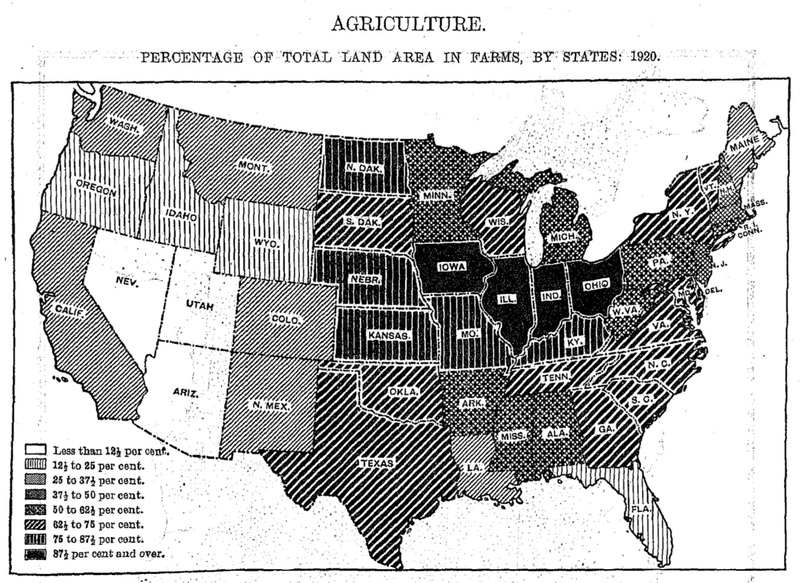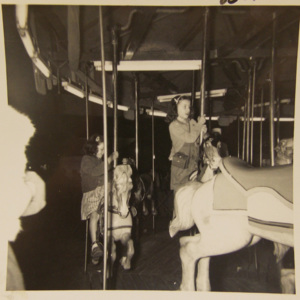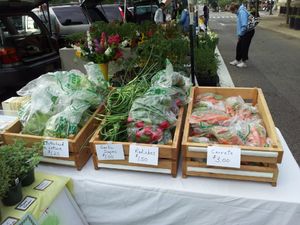Early Agriculture in Wayne County
Since Wooster’s beginning, agriculture has been a foundation of the local economy. In this exhibit, we’ll take a look at these first farmers who came to Ohio for a better life, and how they found success in Wayne County.
Agricultural Politics and Farmer Values
For the last 200 years, politics and farmers have been tied together, even though farmers would rather be independent from government influence. This exhibit explores the relationship between farmers and politics in Wayne County from the Ohio’s founding to today.
OARDC: Local Research with a Global Perspective
Wooster’s Ohio Agricultural Research and Development Center (OARDC) conducts modern, cutting-edge agricultural and environmental research, with origins that can be traced back to the 1860’s. Learn more about how this organization was founded, how it came to Wooster, and the impact it has today.
Generation after Generation: Youth on Wayne County Farms and 4-H Clubs
4-H clubs have been active in Ohio and Wayne County since they first began in the early twentieth century. This exhibit details the history of 4-H in Wayne County, from its founding in not-so-far-away Springfield, Oh, to its rising popularity throughout the 20th century, and 4-H’s continued success today.
The Wayne County Fair
The Wayne County Fair has been a favorite local tradition for generations. Since 1850, it has been a place for farmers to gather and display their crops, but more recently it has also become a fun day for the whole community.
The Buckeye Agricultural Museum and Education Center
As the saying goes, the best things in life come in good time, and the Buckeye Agricultural Museum and Education Center is no exception. This exhibit explores the decades-long fight to create this museum, the struggles it faced along the way, and how it finally came to be.
The Movement for Sustainability
This exhibit explores national efforts for sustainable farming and food and how Wayne County has been a major part of this movement for decades. From organic farming to sustainable food co-ops, Wayne County has led Ohio and the U.S. toward a more sustainable future.








